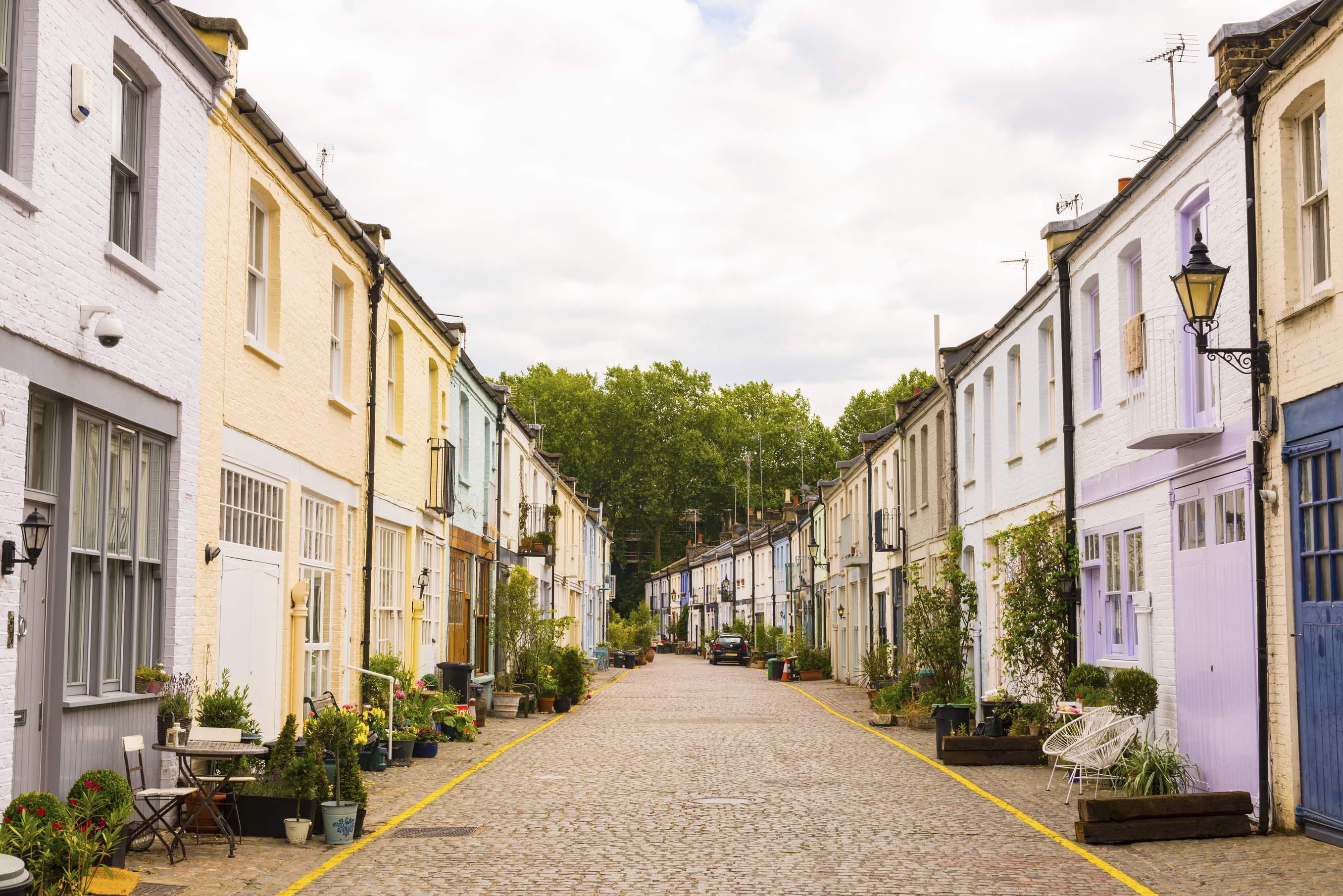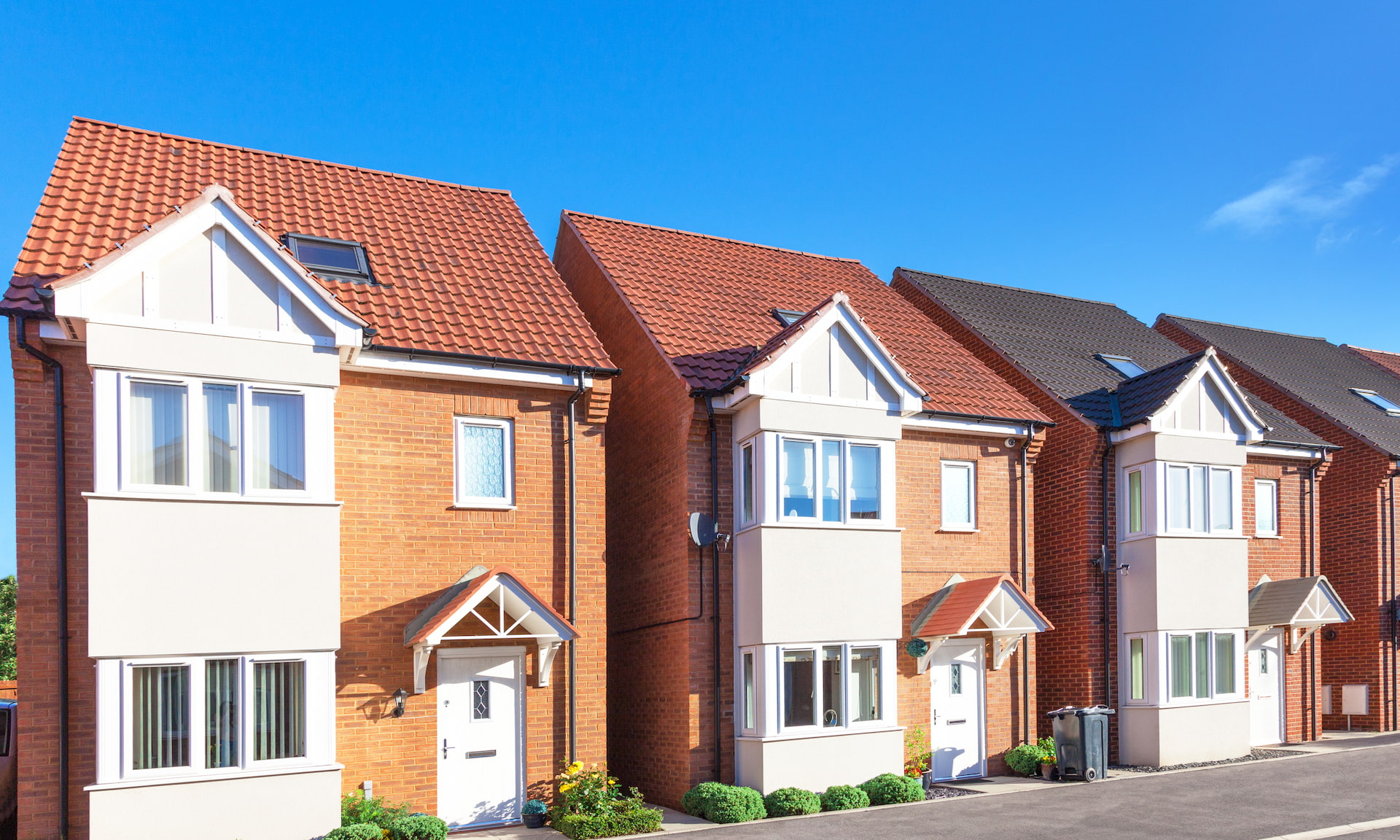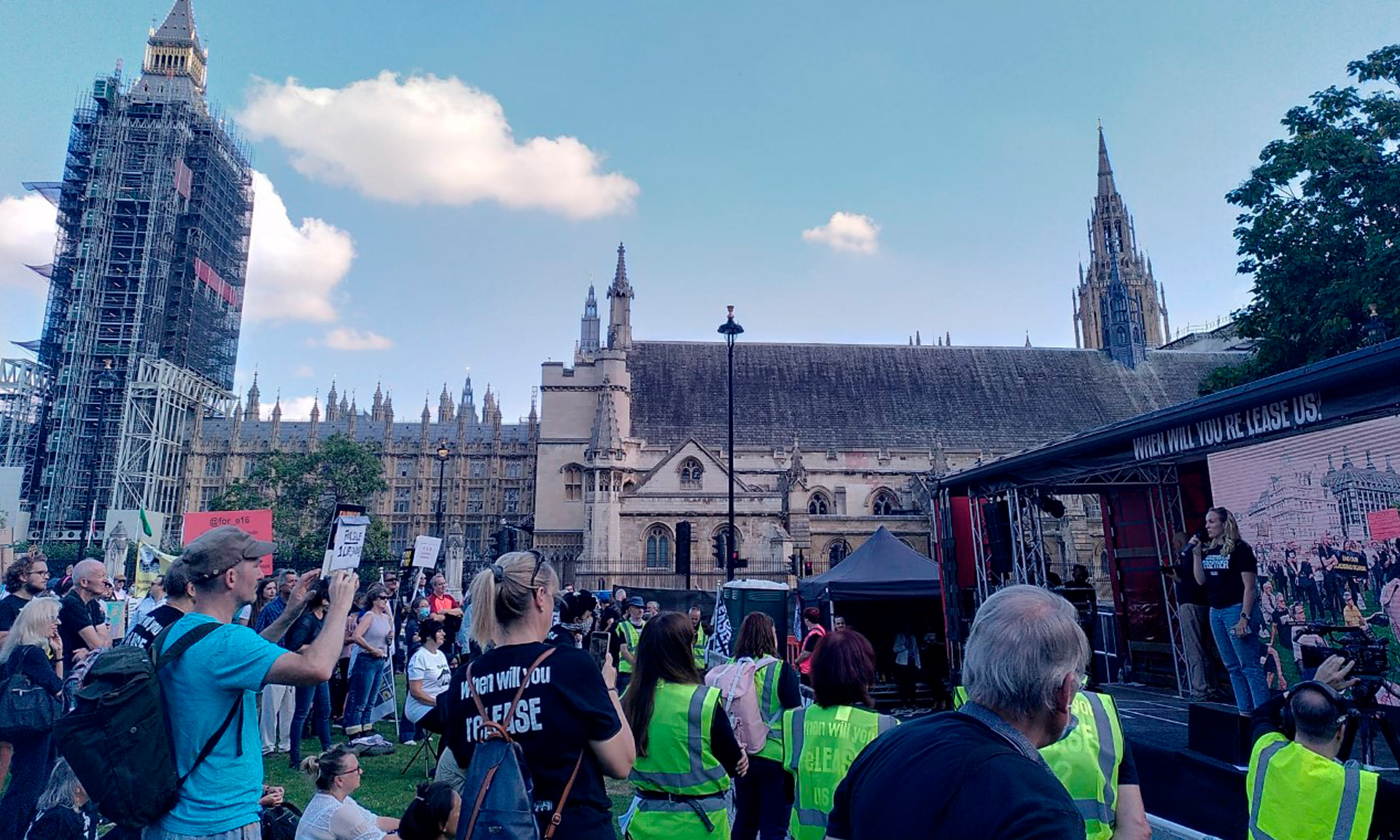
House prices vary significantly depending on where you’re looking to buy a property, but new research has underlined the challenges facing first-time buyers in some parts of the country.
New data from Halifax shows that average house prices range from 3.1 times to 11.9 times average local earnings, depending on where you live in the UK.
Here, Which? explains what’s happened to house prices and mortgage deposits for first-time buyers, and takes a look at the most and least affordable towns to buy your first home.
First-time buyer numbers fall by 13% in 2020
New research by Halifax shows that 304,657 first-time buyers got on the property ladder in 2020 – a drop of 46,000 compared to the previous year.
This was largely caused by the impact of the COVID-19 pandemic and property market shutdown last spring.
Despite low-deposit mortgages drying up, the number of first-time buyers increased significantly during the second half of the year, and was just 2% down on 2019’s figures.
Northern Ireland (23%), Wales (23%) and Scotland (21%) saw the biggest overall falls in first-time buyer numbers in 2020, while London saw the smallest (6%).
Where in the UK are first-time buyers getting on the ladder?
The chart below shows the most popular regions for first-time buyers purchasing a home in 2020.
London came out on top, with more than 60,000 people buying their first property in the English capital, compared to just over 8,000 in the whole of Northern Ireland.
The most affordable places to buy a home
Halifax assessed the most affordable places for locals to buy their first home, based on average annual earnings and average property prices in the area.
It found that Burnley in the North West of England was the most affordable town for first-time buyers, with house prices just 3.1 times the average local income.
The remainder of the top 10 was dominated by Scotland, as shown in the table below.
| Area | Region | Average house price to average earnings |
| Burnley | North West | 3.1 |
| East Ayrshire | Scotland | 3.2 |
| North Ayrshire | Scotland | 3.2 |
| Inverclyde | Scotland | 3.4 |
| West Dumbartonshire | Scotland | 3.4 |
| Renfrewshire | Scotland | 3.5 |
| South Lanarkshire | Scotland | 3.6 |
| Clackmannanshire | Scotland | 3.6 |
| North Lanarkshire | Scotland | 3.6 |
| North Down and Ards | Northern Ireland | 3.8 |
Source: Halifax, January 2021.
The least affordable places to buy a home
At the other end of the table, it’s no surprise that Greater London is the least affordable place to buy your first home – with house prices in many areas as much as 11 times the average local salary.
Islington was found to be the most unaffordable place for first-time buyers, with prices at 11.9 times annual earnings.
The only places outside of London to make the top 20 were Oxford (10.3 times annual earnings), Slough (10 times), Hertsmere and Cambridge (both 9.9 times).
| Area | Region | Average house price to average earnings |
| Islington | London | 11.9 |
| Brent | London | 11.9 |
| Hackney | London | 11.8 |
| Haringey | London | 11.5 |
| Newham | London | 11.3 |
| Hillingdon | London | 11.1 |
| Barnet | London | 10.6 |
| Hounslow | London | 10.6 |
| Hammersmith & Fulham | London | 10.4 |
| Lambeth | London | 10.4 |
Source: Halifax, January 2021.
Prices rise by 10% and deposits soar
The average price paid by a first-time buyer rose to £256,057 in 2020, an increase of £22,939 (10%) on 2019’s figure. The biggest increase in house prices came in the West Midlands (11%), while the smallest was in Scotland (1%).
Most concerningly for prospective first-time buyers, deposits increased substantially last year. Halifax says first-time buyers put down an average of £57,278 in 2020 – a rise of £10,829 (23%) year-on-year.
How much deposit do you need to buy a home?
The table below shows the average deposit put down by first-time buyers in regions across the UK.
As you can see, in all areas except the North West of England, buyers tend to put down a deposit of at least 20% of the purchase price.
The overall average deposit put down by a first-time buyer in 2020 was £57,728 – though this figure is skewed by deposits in London.
| Region | Average house price | Average deposit (£) | Average deposit (%) |
| Greater London | £489,008 | £130,357 | 27% |
| South East | £321,131 | £64,910 | 20% |
| South West | £239,716 | £51,397 | 21% |
| East Anglia | £241,814 | £51,126 | 21% |
| West Midlands | £205,246 | £42,062 | 20% |
| East Midlands | £199,370 | £39,052 | 20% |
| Scotland | £155,411 | £35,745 | 23% |
| North West | £176,808 | £34,347 | 19% |
| Yorkshire & Humber | £168,046 | £33,313 | 20% |
| Wales | £166,048 | £32,663 | 20% |
| North | £147,081 | £29,563 | 20% |
| N.Ireland | £147,520 | £29,523 | 20% |
Source: Halifax, January 2021.
Mortgage options for first-time buyers
It’s no secret that many first-time buyers across the country rely on the Bank of Mum and Dad to help with their deposits, and this explains the high figures above to some degree.
The availability of low-deposit mortgages is also a key issue.
Right now, to buy a property on the open market you’re likely to need a deposit of at least 10%, as 95% mortgages have completely dried up since the start of the pandemic.
Banks have been relaunching their 90% deals over the last couple of months, so there are now lots more options out there for first-time buyers, though you will need to pay a premium compared to the rates on offer a year ago.
Find out more: lenders relaunch 90% mortgages and cut rates
Buying a home with a small deposit
If you’re looking to buy a home with a deposit of less than 10%, you may need to look at alternative options to getting a standard mortgage.
The government’s Help to Buy scheme will be relaunched in April with regional price caps, though this is limited to new-build homes only.
Other schemes such as shared ownership are also available, as are a range of guarantor mortgages, which allow a parent or family member to help you on to the property ladder by using their home or savings as collateral.
How to buy your first home in 2021
If you’re looking to get on to the property ladder this year, we’re here to help with all the advice you need.
As a starting point, check out our step-by-step guide to buying a house, which takes you on the journey from saving a deposit to exchanging contracts.
If you’re struggling to get to grips with mortgages, we’ve got lots of advice on the different types of deal, how much you can borrow and how to apply.
Finally, you can check out our mortgage lender reviews, which combine customer ratings with our expert analysis to identify the UK’s best mortgage lenders.



